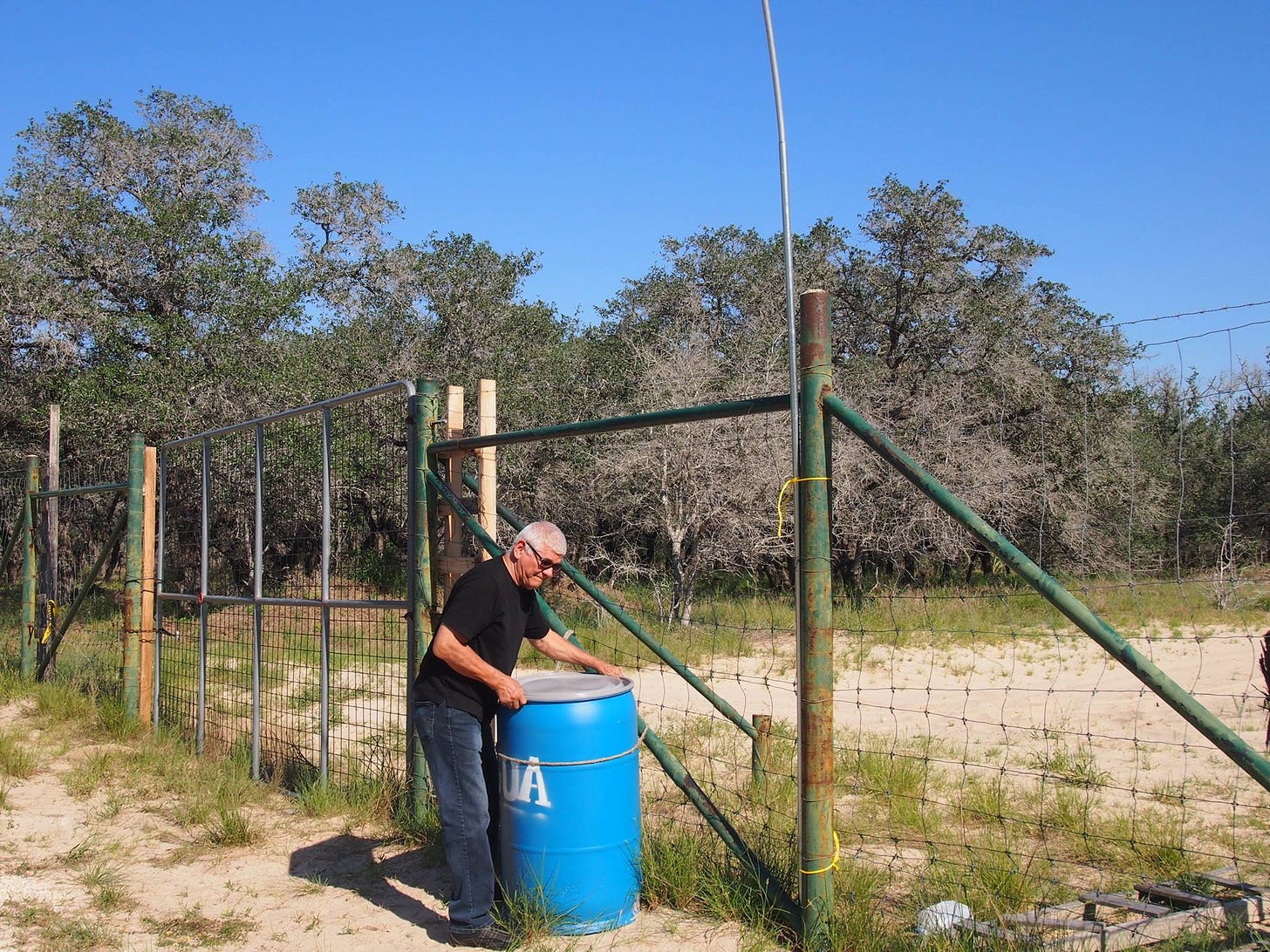It’s Not Aiding and Abetting, It’s Humanitarian Aid: A Q&A with Eddie Canales, founder of the South Texas Human Rights Center
For nearly a decade, Eddie Canales has worked to save lives and identify missing migrants along the Texas-Mexico border. In 2013, Canales opened the South Texas Human Rights Center in the small ranching town of Falfurrias in rural Brooks County, which is 70 miles north of the bo…
Keep reading with a 7-day free trial
Subscribe to The Border Chronicle to keep reading this post and get 7 days of free access to the full post archives.



